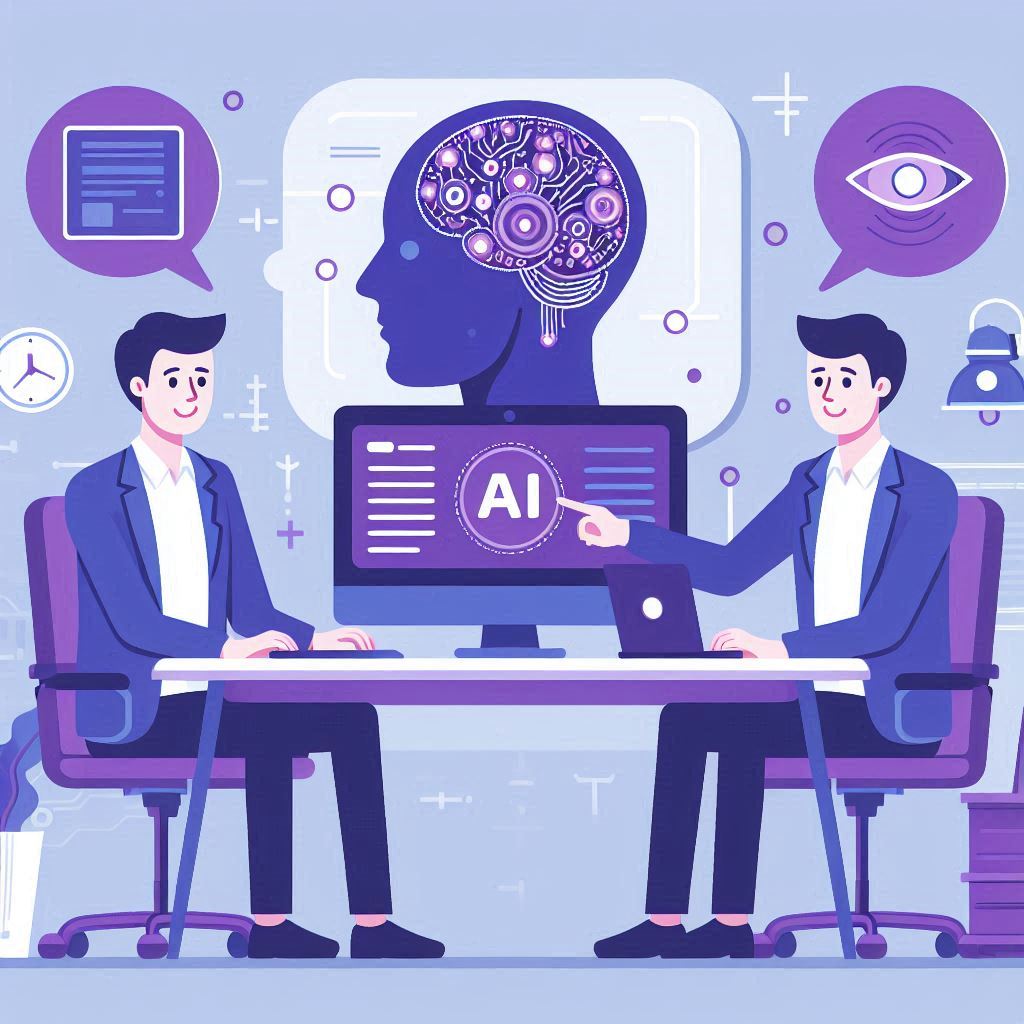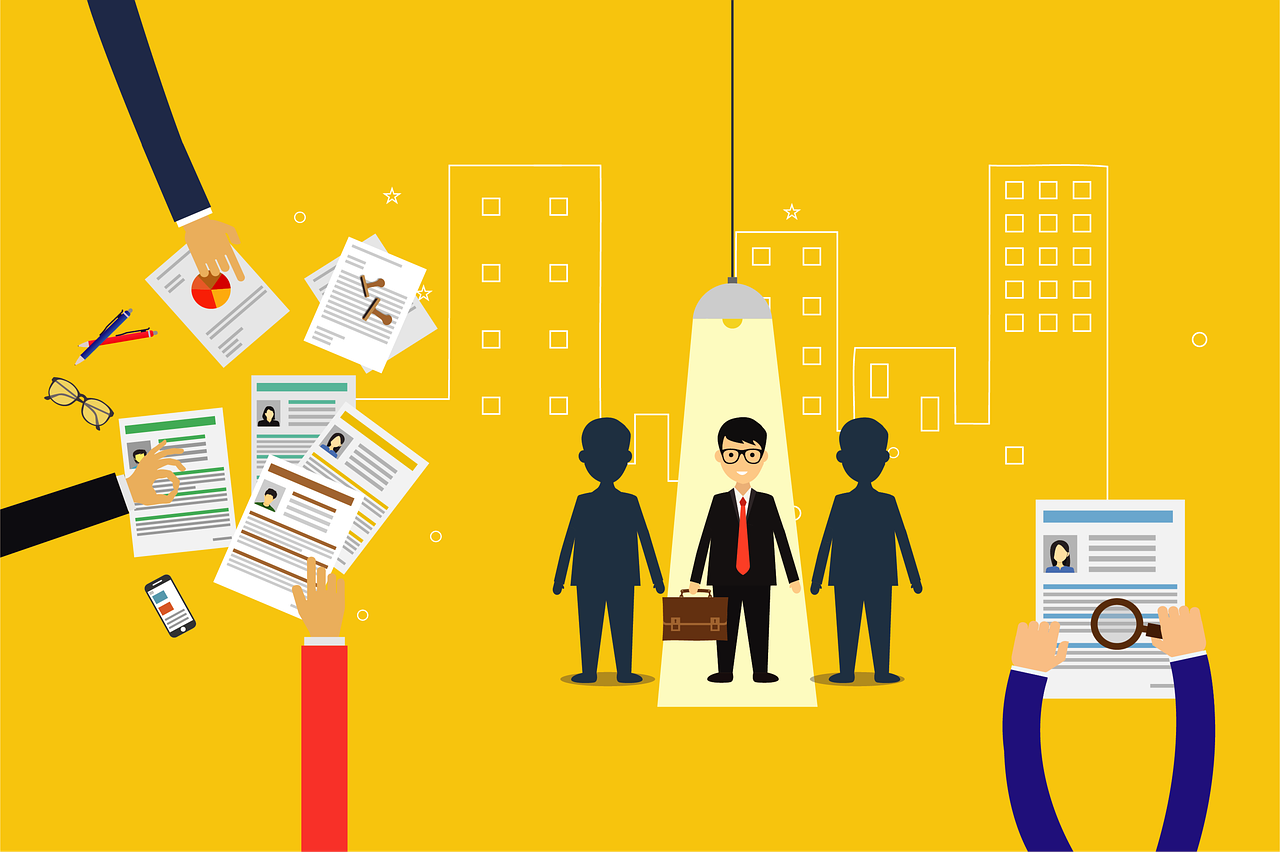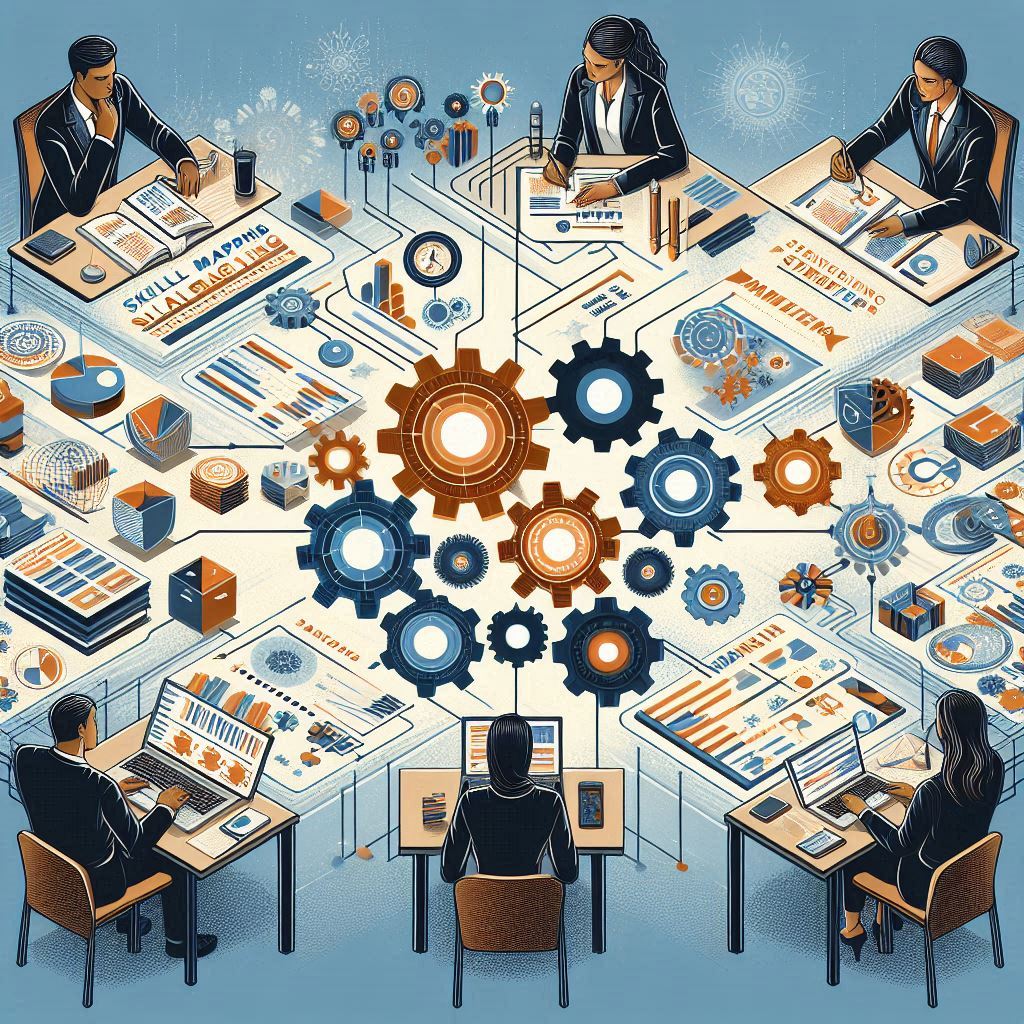Don’t Just Remember- Think Better: Build Your Second Brain

In an age where professionals are overwhelmed by endless notifications, fragmented notes, and forgotten ideas, one concept is reshaping how we think and work: the “second brain.” Originally popularized by Tiago Forte, the second brain isn’t just a note-taking system—it’s a dynamic, external extension of your mind. In 2025, it’s becoming smarter, more intuitive, and essential for thriving in a cognitively demanding world.
From Filing Cabinets to Thinking Partners
Traditional knowledge management systems were designed like file drawers—organized but passive. Today’s second brains are active collaborators, powered by artificial intelligence. They connect ideas, prompt creativity, and assist in real-time decision-making.
A recent insight shared on Medium put it best: “Static categories freeze the thinking process. Knowledge should be living, relational, and in motion.” That’s the essence of modern second-brain systems—they grow with you.
The Rise of AI-Augmented Cognition
AI is no longer just a support tool—it’s becoming your co-thinker. New platforms like Saner.AI and TwinMind help users not only store but synthesize knowledge. These tools suggest connections you hadn’t thought of, prompt reflection, and even draft ideas from your notes. They don’t just remember for you—they think with you.
Enterprise-level tools like Qatalog are taking it further by integrating across teams and platforms, reducing silos and making collective knowledge effortlessly accessible. These systems blur the line between documentation and intelligence.
Why Second Brains Matter at Work
A 2024 article from Forbes emphasized that most companies still struggle with fragmented knowledge systems—costing time, money, and innovation. Those who invest in smart, adaptive tools gain a clear advantage in speed and clarity of execution.
The Society for Human Resource Management (SHRM) has also highlighted the increasing cognitive burden on workers post-pandemic, with decision fatigue and burnout on the rise. Second-brain systems offer a way to offload mental load while maintaining clarity and momentum.
Words to Remember
“Don’t just store information—build a system that helps you think.”
— Productivity thinker, 2025
“A second brain can serve as a repository for all the important information our biological brains can’t hold.”
— Forbes, 2024
“Spend less time searching, more time executing.”
— Saner.AI Team Insight
How to Build Your Second Brain in 2025
Capture Wisely – Only save what’s meaningful. Use tools like Obsidian, Notion, or Saner.AI.
Organize by Context, Not Categories – Create spaces for evolving questions, not rigid folders.
Let AI Amplify You – Embrace smart suggestions, automatic linking, and summarization features.
Test It in Action – A good second brain should enhance your thinking, not slow it down.
The Future of Knowledge Is Personal and Powerful
Second-brain systems are evolving from digital notebooks into living systems that mirror how you think and grow. They are becoming as essential to work as calendars and emails once were. As Gallup reported in a recent workplace study, individuals who manage their information effectively are far more likely to be high performers—and far less likely to feel overwhelmed.
In 2025, it’s not about having more information. It’s about having a better relationship with it. Build your second brain not just to remember, but to evolve.
References
https://www.forbes.com/sites/johnkoetsier/2025/03/14/this-personal-ai-becomes-your-twin-mind/
https://www.forbes.com/councils/forbestechcouncil/2025/02/03/artificial-intelligence-in-2025-three-ways-to-move-from-proof-of-concept-to-business-value-generation/
https://www.forbes.com/sites/aytekintank/2024/08/06/why-you-need-a-second-brain-now-and-how-ai-can-help-you-build-it/









